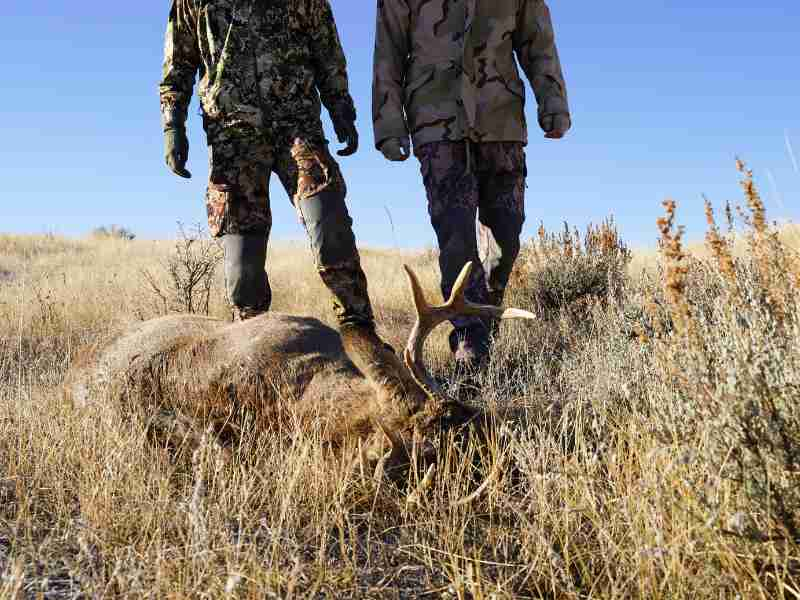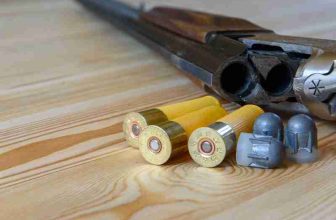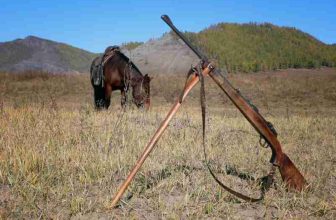
For many hunters, deer season is the highlight of their year. The thrill of the hunt, the crisp air, and the chance to bring home a trophy buck all make deer season special. But with so many different states, when and where should you go for your deer hunting trip? Here’s what you need to know about deer hunting seasons in the USA for 2023.
This blog post will deeply dive into what makes up deer hunting season across America and give our readers an in-depth guide on how best to prepare for the hunt! From states with year-round prospects and generous bag limits to state-level regulations that every hunter should be aware of, we’ve got everything covered! So grab your gun and let’s go exploring – it’s time to uncover all that lies ahead in this thrilling 2023/2024 deer hunting season!
When Does Deer Hunting Season Start?
Deer hunting seasons usually start in September and can last until December. However, some states begin the open season in September, whereas others don’t open until October and even November. Seasons can last until January, depending on the state.
Where Can You Hunt Deer?
You must understand all of the rules regarding deer hunting before embarking on your trip. Each state has its own regulations regarding what weapons can be used, how much land you must have, and how long each hunting season can last. Before planning your trip, you should also check to see if there are any restrictions on specific areas or terrain types.
.
What Are The Best Places To Hunt Deer?
The best places to find a large number of deer are usually wooded areas with thick vegetation and nearby water sources like rivers or lakes. These areas provide ideal habitats for deer as they can easily hide from predators while still having access to food and water sources. Additionally, certain areas may be designated as “deer management zones,” which are managed by state wildlife departments specifically for hunting purposes. These zones often contain higher numbers of mature bucks than other areas since they are managed for a specific purpose – hunting!
Explanation of deer hunting season across America
Deer hunting season across America varies greatly between states, seasons, and specific regulations. In most parts of the country, deer hunting is typically broken up into two seasons – an archery-only season and a firearms season. Archery seasons usually fall near the beginning of fall, while firearms seasons occur in late fall or early winter. However, some states have multiple firearm seasons to accommodate various hunting styles.
In addition to archery and firearms deer hunting seasons, many states also offer special youth or apprentice hunting days or even extended hunts during the peak of the rutting season. These special extended hunts often give hunters extra opportunities to take advantage of when the rut is at its most intense and bucks are actively searching for does.
States also differ drastically regarding bag limits, antler restrictions, legal equipment types, and even species that can be hunted. While some states may limit hunters to one buck per year with a minimum antler requirement, others may have much more lenient regulations, such as allowing hunters to shoot any deer they come across regardless of sex or size. Additionally, many states require individuals to take an educational class or workshop before they can hunt deer in their state.
Knowing state regulations is important for any hunter who wishes to stay compliant regardless of where they hunt. With so much variation in rules and regulations across different states, it can be difficult for a hunter to remain knowledgeable on all relevant information about the deer hunting season in America. However, staying informed is key to following all applicable laws while out on your hunt!
Overview of Year-Round Prospects and Bag Limits by State
Year-round hunting prospects and bag limits are important aspects of hunting when planning a hunt. Different states have different regulations that hunters need to be aware of before they plan their trip. Each state determines how long the season can last, what game species can be hunted, and how many animals can be taken. Hunters need to know about these regulations to ensure their hunt is successful and legal.
Most states have set limits on the number of games taken in a single season. Generally, these limits are determined by the size and population of the game within each state. This means that larger animal populations may allow more animals to be harvested, while smaller numbers could result in fewer take-home options. It is best to check with your state’s wildlife agency or local regulations for specific numbers and limitations.
In addition to bag limits, some states also have regulations regarding year-round hunting prospects. These will vary from state to state but usually involve permitting certain types (s) of animals during certain timeframes. For example, deer may only be harvested during specific months, while ducks may only be hunted during parts of the year when waterfowl migration is heaviest. Additionally, there are often requirements regarding which types and sizes of game can be hunted and the times and places of hunting activity to remain legal under your state’s laws.
For a hunt to remain legal, hunters must remember that all regulations related to year-round hunting prospects and bag limits must be followed at all times. By familiarizing yourself with your local laws before heading out into the field, you will guarantee a successful hunting experience without fear of breaking any rules or laws along the way!
Essential Information and Regulations Every Hunter Must Know
Hunting has always been a great way to enjoy the outdoors and connect with nature. However, before hitting the trails and going hunting, it is essential that every hunter first understands the regulations and laws of their specific state or region. All hunters must have a valid license to hunt legally, which is required for all hunting-related activities, such as possessing firearms, taking part in hunts, or even purchasing ammunition.
Many states also regulate the types of firearms used for hunting and the types and seasons of wildlife that can be hunted. Depending on the type of animal being hunted, additional permits or tags may be required. Other regulations may include restrictions on where one can hunt (e.g., public and private land), what hours one can hunt (e.g., day versus night), how many animals one can take during a single hunting trip, etc.
Additionally, all hunters must follow safe hunting practices and abide by local game laws to ensure the safety of other hunters and preserve wildlife populations. It is also important to know state-specific regulations such as crossbows or archery equipment, bait use (which may be prohibited in certain areas) and more. Last but not least, all hunters must familiarize themselves with proper disposal methods for the harvested game so as not to unnecessarily waste resources or harm any species during your hunt!
Tips for Preparing for the Hunt
Preparing for a hunting trip requires careful planning and preparation for the best possible experience. It’s important to ensure you’re properly equipped that you’ve done your research, and know the rules governing hunting in your area.
For starters, ensure you have all the gear for your hunt. This includes firearms and ammunition (if applicable), a first-aid kit, clothing appropriate for weather conditions, food and water, and any other items you may need. Additionally, depending on where you’ll be hunting, it’s important to check local laws regarding firearm licenses or tags. Make sure you obtain these before going out on the hunt.
Be prepared for changes in weather by bringing layers of clothing that can handle anything from rain to extreme cold. Also, pack snacks or ready-to-eat meals if you are still looking for something during the hunt. Bring a GPS device to easily find your way back if needed.
Researching the area is also key when preparing for a hunt; this means understanding the surrounding terrain and familiarizing yourself with any animal populations in the area. Knowing what types of animals are present will help inform which types of calls or lures are most effective when targeting specific species. It would help if you also noted any potential hazards, such as dense vegetation or steep inclines/declines, that could cause difficulty navigating during the hunt.
Take Away
Deer hunting is an important part of nature to be respected and enjoyed. It provides hunters with a welcomed challenge and allows them to enjoy the sport year-round if they follow their state’s regulations. The sport also serves as a source of bounty, sustenance, and a way for people to connect with something greater than themselves in nature. Suppose deer hunting is something you’d like to pursue as a novice or seasoned hunter. In that case, we recommend thoroughly researching your state’s regulations and preparing accordingly before entering the field.






